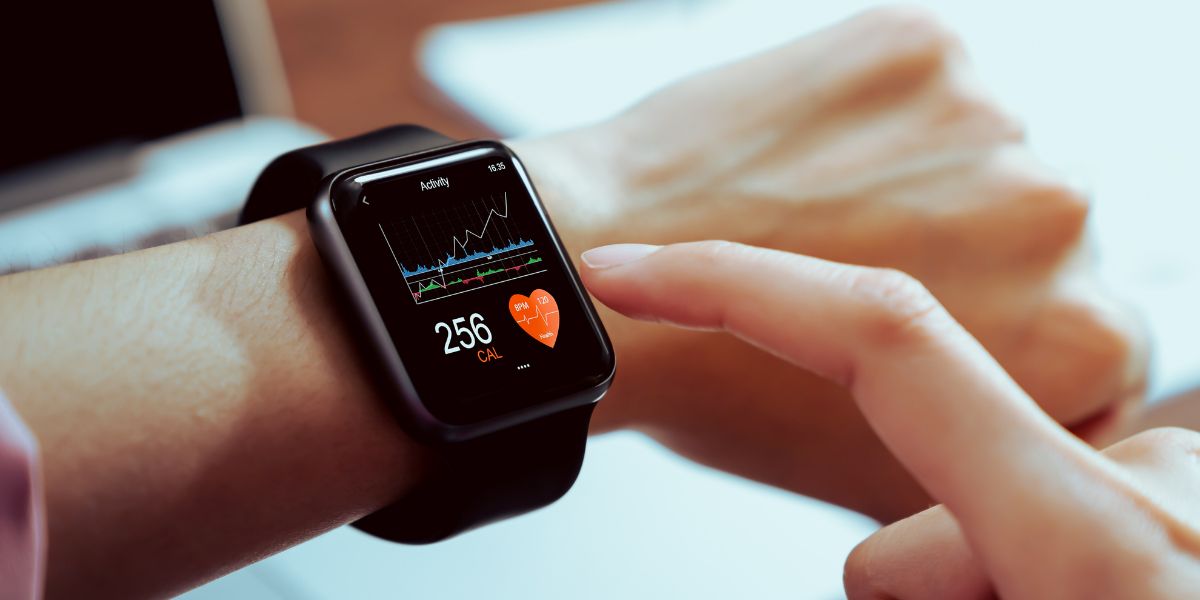Digital health tools could help detect and possibly prevent chronic long-term condition in childhood cancer survivors, experts say.
A review article in the journal Cancer has explored how wearable devices can provide longer term monitoring of key health measures in a population that is more at risk of complications including diabetes and heart disease.
Researchers at City of Hope, a cancer research and treatment centre in the US, invited Dr Yue Liao, assistant professor of kinesiology at The University of Texas at Arlington, to contribute to the article, which examines the health issues faced by children who survive cancer and how digital devices could help to identify these diseases earlier.
- Inflammatory diet during pregnancy linked to increased risk of type 1 diabetes in children
- Brain thinning triggered by type 2 diabetes
- Type 2 diabetes risk predicted by AI model
The authors explained: “Both skeletal muscle and adipose tissue are important endocrine organs involved in maintaining glucose homeostasis, with tissue crosstalk that can be disrupted by chemotherapy and radiation exposures.
“Childhood cancer survivors are particularly vulnerable to these effects as a result of receipt of cancer treatment during key periods of physiologic development, when organs are still maturing and there is peak muscle growth.”
Dr Liao highlighted two key areas to using digital devices to monitor children’s health as they grow up.
The first is collecting data from wearable devices, rather than using traditional metrics. These could include real-time glucose levels and behavioural patterns, data which may reveal novel risk indicators.
The second involves redefining diabetes risk assessment for childhood cancer survivors, by capturing more personalised data.
Dr Liao said: “Wearable sensors let us monitor daily fluctuations—your blood glucose levels, vital signs, even mood or behaviour – over weeks, months, or years.
- Overweight teenage boys can damage genes of future children
- Childhood healthy eating delays the start of menstrual periods
- Children’s behaviour shaped by their father’s mental health
“That gives us new insight into disease risk and behaviour that we didn’t have access to with infrequent one-time measurements, like data obtained from clinical visits.
“There’s a lot of health-related data being generated already. So, it’s a matter of figuring out how we can responsibly and effectively use it for health promotion and disease prevention purposes.”
Dr Liao said monitoring and intervention for children who survive cancer is different to adults because of the longer lifespans, saying: “Their survivorship trajectory is much longer, and that makes their aging-related disease risk more complicated.”
The review published in the journal “highlights opportunities to leverage contemporary digital care platforms to improve the early detection of diabetes and facilitate meaningful, sustainable lifestyle interventions to improve muscle health and decrease diabetes risk in the growing, at-risk population of childhood cancer survivors”.




